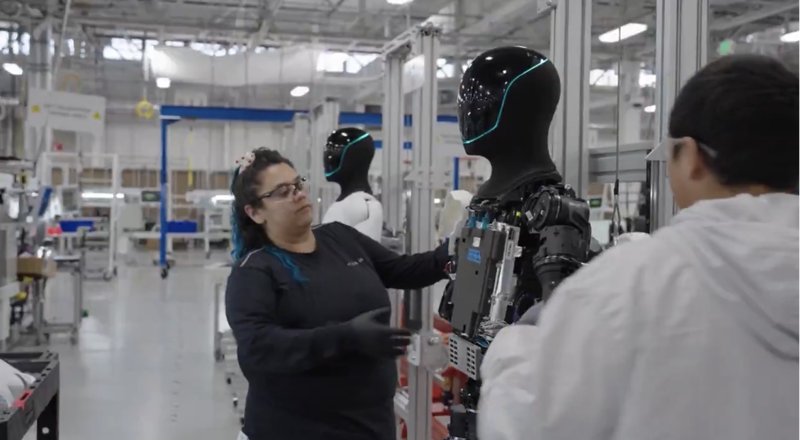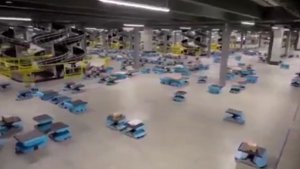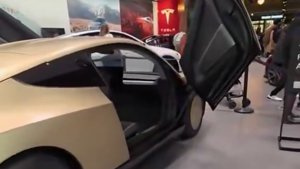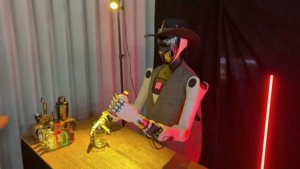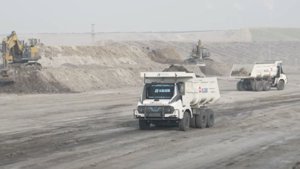While Europe forms committees, Tesla, Inc. is building robots. Recent glimpses of the Optimus humanoid robot pilot production line in Fremont, California, have sparked a fierce debate about the widening gap between American execution and European deliberation. The images of humanoids being assembled like cars, coupled with CEO Elon Musk’s recent projection of the pilot line producing up to one million units annually, stand in stark contrast to the EU’s labyrinth of regulatory frameworks and ethics boards.
The commentary from robotics insider Ilir Aliu captures the sentiment perfectly: “America and China build robots. Europe builds committees.” His critique highlights a growing frustration within the European tech scene. The continent possesses world-class talent, but that talent is increasingly hamstrung by a culture that appears to prioritize preemptive regulation over iterative progress. The core issue isn’t a lack of skill but a lack of permission to deploy it at speed, creating a self-imposed innovation ceiling.
Why is this important?
This isn’t just about Tesla or one humanoid robot. It’s a real-time case study in diverging innovation philosophies. The US and China are engaged in a high-stakes race to automate, viewing robotics as critical infrastructure for future economic and manufacturing dominance. Europe, meanwhile, risks regulating itself into irrelevance. By optimizing for absolute safety and theoretical ethical perfection, it may end up perfectly safe but entirely left behind. The danger is that while some are building the future, others will be stuck drafting the minutes of the meeting about how to build it.
